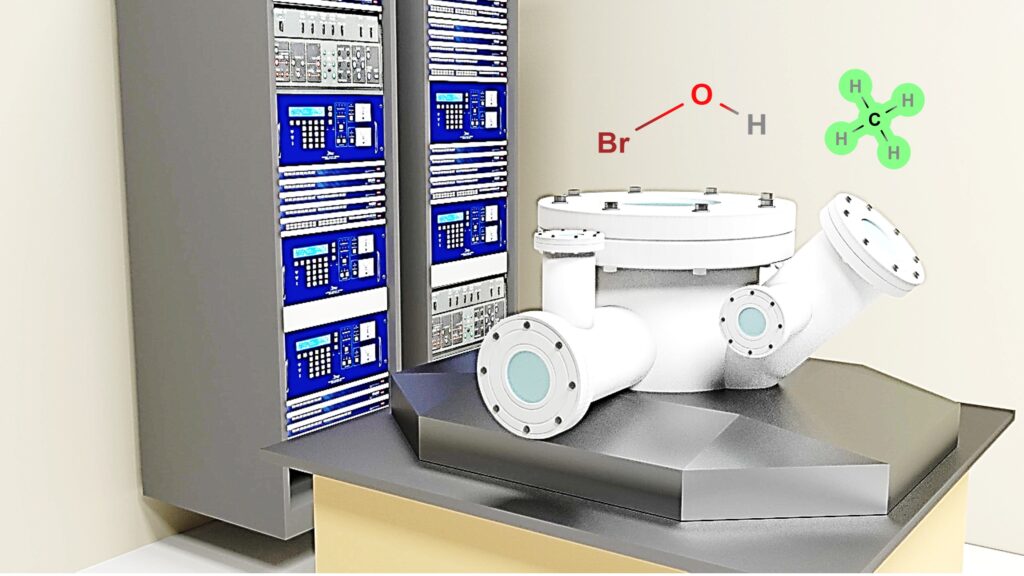
Nanozymes are synthetic nano-materials with catalytic properties like natural enzymes with nano characteristics. So far many nanozymes have been discovered for various applications with higher stability than natural enzymes. However, it has not been used to a large extent due to certain limitations. The next-generation nanozymes with enhanced properties with modifications can eliminate the current limitations and can be useful for many applications. So nanozyme could be a promising solution in the coming future for various environmental and industrial problems.
Why nanozymes?
Often industries are using natural enzymes for various applications including environmental monitoring and treatment of pollution. However, natural enzymes are highly complex and require co-enzymes and co-factors which increases the cost. In addition, it requires stringent reaction conditions and it has stability issues at room temperature. Whereas nanozymes have countless benefits and can be modified as per the requirement.
Nanozymes can be metallic, metal-oxide, or carbon-based that mimic natural enzymes. Whereas, the working mechanisms of nanozymes are different than the natural enzymes. Thereby, it can be useful for many applications including environments where economically efficient technology is highly crucial. Upgraded next-generation nanozymes would be a highly promising option for the detection and remediation of pollutants. Since the nanozymes have the potential to degrade many recalcitrant pollutants including dyes, chemical warfare agents, nerve agents, blistering agents, and choking agents. These widespread pollutants are hard to degrade using natural enzymes.
Next generation nanozymes (NGN)
Although nanozymes have a large potential to solve environmental and industrial issues. It is not usable in its current form for environmental application to a large extent due to its limitations. The current limitations of nanozymes include toxicity, lack of catalytic mechanism, poor dispersibility, non-specific towards the substrate, and difficulty to scale up. Therefore next-generation nanozymes with the following modifications or improvements would be highly crucial to solving the current issues.
- NGN should be easy to produce, stable, low cost, and robust with high catalytic properties.
- Improvement of substrate specificity and dispersibility could improve the efficiency of nanozymes. This is achievable using integrated experimental and computation approaches.
- On field optimization of nanozymes including shape, size, and surface characterization.
- Toxicity, environmental fate, and transport of these nanozymes need to be studied thoroughly before applying to the field applications.
- A complete degradation of pollutants often requires multiple sets of enzymes. Hence, the development of next-generation multicatalytic functional nanozymes would be crucial.
Nanozyme could be a promising solution in the coming future for many applications if the above-listed limitations are solved in the next-generation nanozymes. This can be easily achievable by in vivo and in vitro optimization of nanozymes.
Conclusion
Nanozymes have the great potential to resolve complex environmental issues with few limitations. Solving the existing limitations with next-generation nanozymes synthesis are highly crucial for field-scale applications. Therefore, low-cost, green, and eco-friendly synthesis of nanozymes with improved efficiency could provide highly promising options to resolve the current environmental issues.

